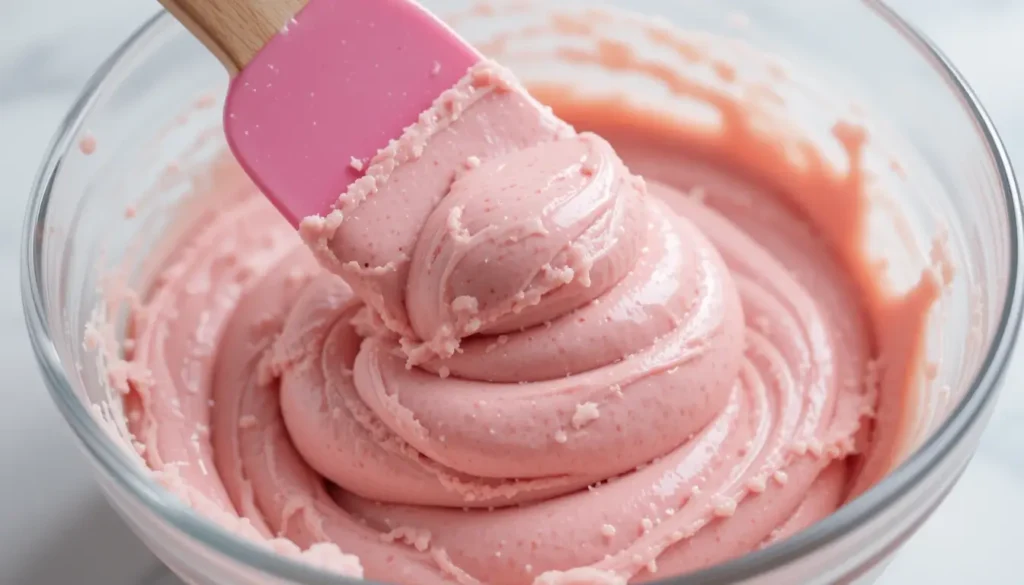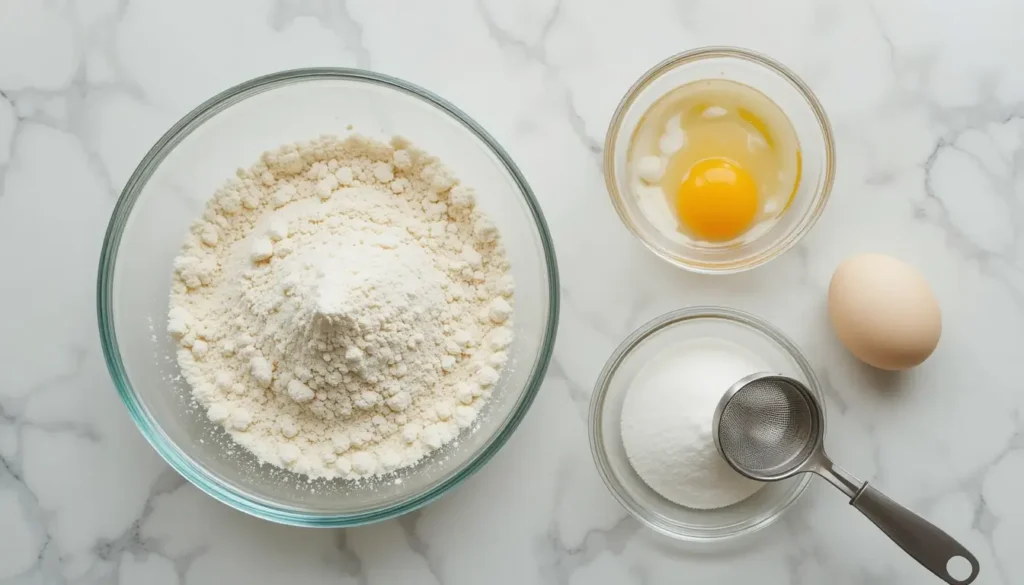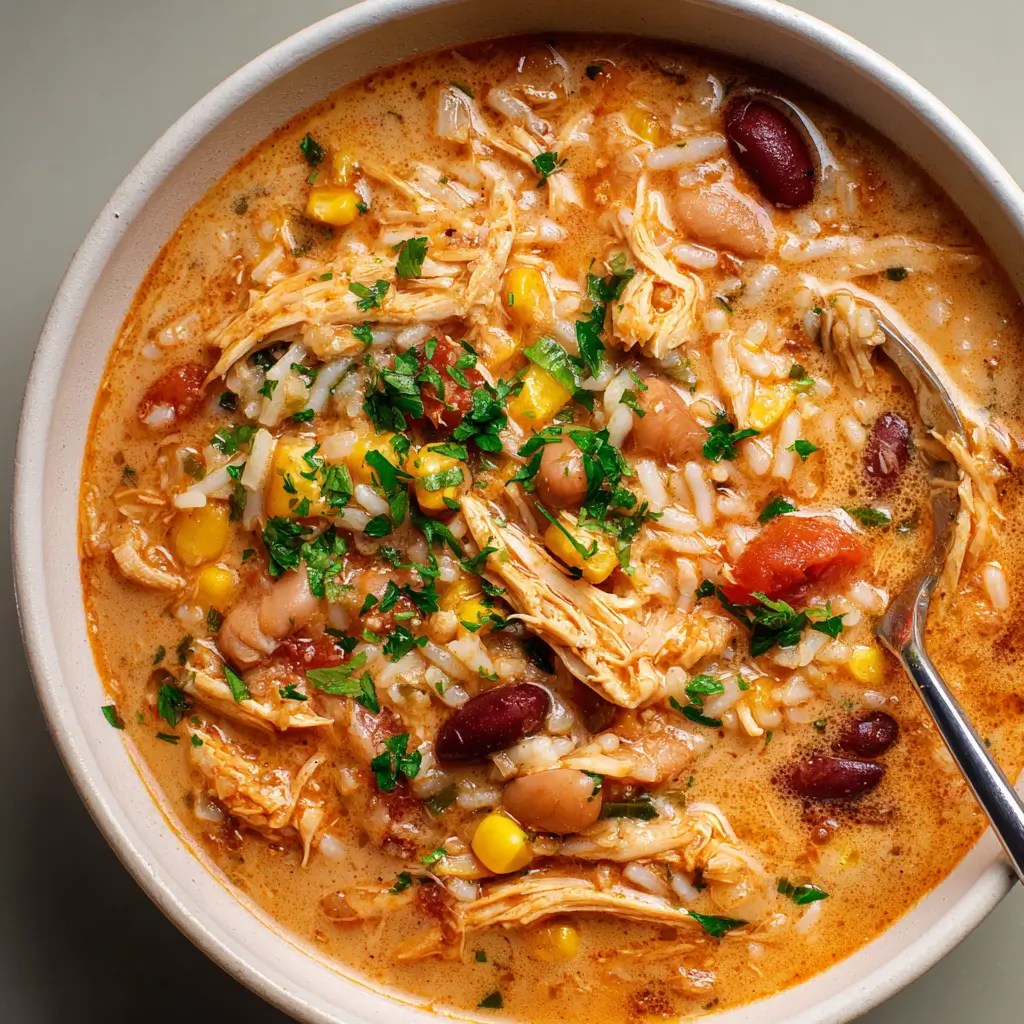Introduction
What Are Mini Macarons?
Mini macarons are petite, delicate sandwich cookies made with almond flour, egg whites, and sugar, filled with luscious creams like buttercream, ganache, or jam. Unlike their larger counterparts, these bite-sized treats are perfect for snacking, parties, or elegant dessert platters. Their smooth, glossy shells with ruffled “feet” and soft, chewy centers make them a true culinary masterpiece.
Originating from France, macarons have evolved over the centuries, but the mini version adds an extra layer of charm. They’re not just adorable they’re the perfect bite of sweetness without being overly indulgent.
A Brief History of Macarons
The history of macarons dates back to the 8th century in Italy, introduced to France during the Renaissance by Catherine de’ Medici’s chefs. However, it wasn’t until the early 20th century when Pierre Desfontaines of Ladurée transformed them into the filled sandwich-style macarons we know today. Fast forward to the present, mini macarons have become a global sensation, celebrated for their vibrant colors, delicate textures, and endless flavor possibilities.
Why You’ll Love Mini Macarons
Perfect for All Ages and Occasions
Mini macarons aren’t just another dessert they’re a crowd-pleaser for people of all ages. Kids love their bright colors and sweet flavors, while adults appreciate the refined texture and sophisticated fillings. Whether you’re hosting a birthday party, wedding, or cozy afternoon tea, these bite-sized treats steal the show. Their small size makes them ideal for portion control, allowing guests to sample different flavors without feeling overwhelmed.
Moreover, mini macarons are versatile enough to fit any theme. From pastel hues for baby showers to bold shades for holiday gatherings, they adapt beautifully. You can even customize the flavors to match seasonal ingredients, making them a dessert that’s never out of style.
The Irresistible Charm of Mini Macarons
What’s not to love about mini macarons? Their delicate, crisp shells give way to soft, chewy centers filled with creamy, flavorful goodness. It’s the perfect contrast of textures in just one bite. Plus, their aesthetic appeal is undeniable imagine a platter filled with colorful, glossy macarons arranged like edible jewels.
They’re not just pretty faces, though. The flavor combinations are endless classic vanilla, tangy raspberry, rich chocolate, or even adventurous options like matcha or lavender. This variety makes them exciting to both make and eat. And if you’re into gifting homemade treats, mini macarons are an elegant choice that always impresses.
For other delightful dessert inspirations, you might enjoy this recipe for Blueberry Cheesecake Rolls, which also brings a burst of flavor in every bite.
Key Ingredients for Mini Macarons
Core Ingredients
Mastering mini macarons starts with understanding their key ingredients. Each plays a crucial role in creating the perfect texture and flavor:
- Almond Flour: The heart of any macaron recipe, almond flour provides the signature nutty flavor and smooth texture. It’s essential to use finely ground almond flour for that flawless, glossy finish.
- Egg Whites: They’re responsible for the airy meringue, giving the shells their light, delicate structure. Aging the egg whites slightly can improve stability, making the batter easier to work with.
- Powdered Sugar and Granulated Sugar: Powdered sugar helps achieve smooth shells, while granulated sugar stabilizes the meringue during whipping, adding just the right amount of sweetness.
Optional Additions
Want to take your mini macarons to the next level? Consider these optional ingredients:
- Flavor Extracts: A few drops of vanilla, almond, or even rose extract can enhance the taste without overpowering the delicate balance of the macaron.
- Natural Food Coloring: To achieve vibrant hues without artificial additives, try natural colorings like beet powder, matcha, or freeze-dried fruit powders.
- Fillings: While classic buttercream is always a hit, don’t shy away from experimenting with ganache, fruit curds, or jams for exciting flavor contrasts.
If you’re interested in exploring other almond-based treats, check out this delicious Almond Flour Chocolate Chip Cookies, which pairs wonderfully with the nutty essence of macarons.
Ingredients List
Creating perfect mini macarons starts with having the right ingredients in the correct proportions. Each component plays a vital role in the final texture and flavor. Here’s everything you’ll need:
Essential Ingredients with Measurements
- Almond Flour: 1 cup (finely ground for smooth shells)
- Powdered Sugar: 1 ¾ cups (sifted to eliminate lumps)
- Egg Whites: 3 large eggs (aged for 24 hours for better stability)
- Granulated Sugar: ¾ cup (helps stabilize the meringue)
- A Pinch of Salt: Enhances flavor balance
- Cream of Tartar: ¼ teaspoon (optional, improves meringue stability)
Optional Ingredients for Flavor Variations
- Vanilla Extract: ½ teaspoon (or almond, rose, or citrus extracts)
- Natural Food Coloring: Gel or powder-based for vibrant hues
- Fillings: Buttercream, ganache, fruit jams, or curds (depending on your preferred flavor)
Tools You’ll Need for Perfect Macarons
While the ingredients are crucial, having the right tools ensures precision:
- Kitchen Scale: For accurate measurements
- Sifter: To keep almond flour and sugar lump-free
- Electric Mixer: To whip the egg whites to stiff peaks
- Piping Bags with Round Tips: For uniform shells
- Silicone Baking Mat or Parchment Paper: To prevent sticking
- Oven Thermometer: Ensures consistent baking temperature
Tip: Accuracy is key with mini macarons. Even a slight difference in measurements can affect texture. Use a scale for best results!
Step-by-Step Instructions: How to Make Mini Macarons
Making mini macarons may seem tricky, but with the right technique, you’ll master them in no time. Follow these steps closely to achieve bakery-quality results.
Preparing the Ingredients
- Sift Dry Ingredients: Combine almond flour and powdered sugar. Sift them together to remove lumps and create a fine texture.
- Separate and Age Egg Whites: Carefully separate the egg whites, ensuring no yolk gets in. Let them sit uncovered at room temperature for 24 hours. This reduces moisture and improves meringue stability.
All the key ingredients you need to make mini macarons at home.
Making the Macaron Batter (Macaronage)
- Whip the Meringue: In a clean bowl, beat the egg whites with a pinch of salt until foamy. Gradually add granulated sugar while beating until stiff, glossy peaks form. Add flavor extract and food coloring, if using.
- Fold the Batter: Gently fold the sifted dry ingredients into the meringue. Use a spatula, folding until the batter flows like thick lava smooth but not runny.

Piping and Resting the Shells
- Pipe the Batter: Fill a piping bag with the batter. Pipe small circles (about 1 inch) onto a silicone mat or parchment-lined baking sheet.
- Rest the Shells: Let them sit at room temperature for 30–60 minutes until a thin skin forms. This helps develop the classic macaron “feet” during baking.
Baking and Cooling
- Bake: Preheat the oven to 300°F (150°C). Bake for 12–14 minutes until the macarons are firm but not browned.
- Cool: Let them cool completely before removing from the baking sheet to prevent sticking.
Filling and Assembling
- Add the Filling: Pipe your chosen filling onto the flat side of a shell, then sandwich it with another.
- Mature the Macarons: For the best texture, refrigerate the assembled mini macarons for 24 hours to let flavors meld.
For more dessert ideas, check out Strawberry Cheesecake Bars, a creamy treat that pairs beautifully with the delicate flavors of macarons.
Nutrition Information
When indulging in mini macarons, it’s helpful to know what you’re consuming. While these bite-sized treats are small, they pack a flavorful punch—and yes, some calories too. However, because they’re portion-controlled, it’s easy to enjoy them in moderation.
Caloric Content per Serving
On average, one mini macaron contains around 70–90 calories, depending on the filling and size. The shell itself, made mainly of almond flour, egg whites, and sugar, contributes most of the calories. Fillings like buttercream or ganache can add extra richness and energy.
Macronutrient Breakdown
Here’s a basic nutritional snapshot for a standard mini macaron:
- Calories: 80
- Total Fat: 3g (mostly from almond flour and butter-based fillings)
- Saturated Fat: 1g
- Carbohydrates: 12g (from sugars and almond flour)
- Sugar: 10g
- Protein: 2g (thanks to the egg whites and almonds)
- Fiber: 1g
While they’re not exactly a health food, mini macarons are gluten-free, which makes them suitable for those with gluten sensitivities.
Tips for the Best Results
Mastering mini macarons is part art, part science. Even experienced bakers face challenges, but these expert tips will help you achieve picture-perfect results every time.
Mastering the Macaronage Technique
- Don’t Overmix or Undermix: The macaronage process—folding the batter—is key. Overmixing will make your batter too runny, causing flat macarons. Undermixing, on the other hand, results in lumpy, cracked shells. Aim for a lava-like flow where the batter slowly ribbons off your spatula.
- Test the Batter: To check consistency, pipe a small amount onto parchment paper. If it settles into a smooth, slightly domed circle within 10 seconds, it’s ready.
Achieving Perfect Feet and Smooth Shells
- Rest the Batter: After piping, let the macarons rest until they form a skin. You should be able to touch them gently without batter sticking to your finger. This helps develop the signature “feet” during baking.
- Temperature Control: Use an oven thermometer. Macarons are sensitive to temperature fluctuations, and even a slight variation can cause hollow shells or browning. 300°F (150°C) is usually the sweet spot.
Variations of Mini Macarons
One of the best things about mini macarons is how versatile they are. With just a few tweaks to flavors, fillings, and colors, you can create endless variations to suit any occasion or taste preference.
Flavor Variations
While classic vanilla and chocolate are always popular, why not get creative? Here are some exciting flavor ideas:
- Citrus Zest: Add lemon, orange, or lime zest to the batter for a bright, tangy kick. Pair with citrus buttercream or curd for extra zing.
- Matcha Green Tea: Incorporate matcha powder for an earthy, slightly bitter flavor that balances the sweetness perfectly.
- Coffee: A dash of espresso powder gives mini macarons a rich, bold taste perfect with a mocha ganache filling.
- Fruit-Infused Shells: Use freeze-dried fruit powders like raspberry, blueberry, or strawberry to add both color and flavor naturally.
Creative Filling Ideas
The filling is where you can truly play with flavors. Beyond the traditional buttercream, try these options:
- Chocolate Ganache: Rich, smooth, and decadent perfect for chocolate lovers.
- Fruit Jams or Curds: Raspberry, passionfruit, or lemon curd add a tart contrast to the sweet shells.
- Salted Caramel: A creamy caramel with a hint of sea salt adds a sophisticated touch.
- Cream Cheese Frosting: For a tangy twist, great with red velvet or carrot cake-inspired shells.
Color Combinations for Visual Appeal
Since mini macarons are as much about looks as taste, have fun with color:
- Pastel Shades: Perfect for spring events, baby showers, or weddings.
- Bold, Bright Colors: Great for birthdays or festive occasions.
- Ombre Effect: Blend two shades for a stunning gradient look.
With so many variations, you’ll never get bored of making or eating mini macarons!
Serving and Storing Mini Macarons
After perfecting your mini macarons, you’ll want to serve and store them properly to maintain their delicate texture and rich flavor. Here’s how to do it right.
Ideal Serving Temperatures
While mini macarons are typically stored in the refrigerator, they’re best enjoyed at room temperature. Serve them about 20–30 minutes after taking them out of the fridge. This allows the filling to soften slightly, enhancing the flavor and texture.
For special occasions, display them on elegant tiered trays or arrange them in neat rows for a clean, modern look. Their vibrant colors and glossy shells make them a standout addition to dessert tables.
Presentation Tips for Parties and Gifts
If you’re serving mini macarons at a party, consider these ideas:
- Macaron Towers: Stack them in a cone-shaped tower for a show-stopping centerpiece.
- Themed Displays: Match macaron colors to your event’s theme, whether it’s a baby shower, wedding, or holiday celebration.
- Gift Boxes: Pack them in decorative boxes with parchment paper separators for beautiful, homemade gifts.
Storage Guidelines for Optimal Freshness
- Short-Term Storage: Store mini macarons in an airtight container in the refrigerator. They’ll stay fresh for up to 5 days.
- Long-Term Storage: For longer storage, freeze them. Place in an airtight container, layering with parchment paper to prevent sticking. They’ll last for up to 3 months in the freezer. When ready to eat, thaw them in the refrigerator overnight, then bring to room temperature before serving.
Proper storage ensures your mini macarons retain their crisp shells and creamy fillings, tasting just as delicious days or even weeks later.
FAQs
When it comes to baking mini macarons, there are plenty of questions that pop up, especially for beginners. Here are some of the most frequently asked questions to help clear up any confusion.
Are Macarons Gluten-Free?
Yes, mini macarons are naturally gluten-free since they’re made with almond flour instead of traditional wheat flour. However, always check your ingredients to ensure they’re not processed in facilities that handle gluten if you have severe sensitivities.
Do Macarons Need to Be Refrigerated?
While the shells don’t need refrigeration, filled mini macarons should be stored in the fridge, especially if they contain dairy-based fillings like buttercream or ganache. Before serving, let them sit at room temperature for about 20 minutes for the best texture and flavor.
How Long Do Macarons Last?
Mini macarons stay fresh for up to 5 days when stored in an airtight container in the refrigerator. For longer storage, you can freeze them for up to 3 months. Just let them thaw in the fridge overnight before enjoying.
Where Can I Buy Macarons?
You can find mini macarons at specialty bakeries, French patisseries, and even some grocery stores. However, making them at home allows you to customize the flavors and colors to your liking!
Why Did My Macarons Crack and Are Hollow Inside?
Cracks often result from under-resting the batter or baking at too high a temperature. Hollow shells can be caused by over-whipping the meringue or under-mixing the batter. Refer to the troubleshooting section for detailed tips.
Which Macaron Method Is the Easiest?
The French method is the simplest for beginners. It involves whipping egg whites into a meringue and folding in dry ingredients. The Italian method requires hot sugar syrup, which can be tricky for first-timers.
What Are the Three Types of Macarons?
- French Macarons: The most common type with a meringue-based shell.
- Italian Macarons: Made with hot sugar syrup for a sturdier shell.
- Swiss Macarons: A less common method where egg whites are gently heated before whipping, creating a glossy finish.
Conclusion
Mini macarons may seem intimidating at first, but with patience, practice, and the right techniques, you’ll soon master this delicate French treat. From understanding key ingredients to troubleshooting common issues, this guide has covered everything you need to create beautiful, flavorful macarons at home.
Whether you’re baking for a special occasion, gifting a homemade treat, or simply indulging your sweet tooth, mini macarons are the perfect choice. Their vibrant colors, endless flavor possibilities, and delightful texture make them a favorite for both bakers and dessert lovers alike.
Remember, don’t get discouraged if your first batch isn’t perfect. Macaron-making is as much about the learning process as it is about the final product. Each batch teaches you something new—whether it’s how long to rest the batter, the ideal oven temperature, or the best folding technique.
Here are some final tips to keep in mind:
- Precision matters: Weigh your ingredients for consistent results.
- Patience is key: Don’t skip the resting period before baking.
- Experiment boldly: Try different flavors, fillings, and colors to make each batch unique.
Lastly, enjoy the process. There’s something incredibly satisfying about watching your mini macarons develop their signature “feet,” filling them with luscious cream, and sharing them with friends and family. Happy baking!




